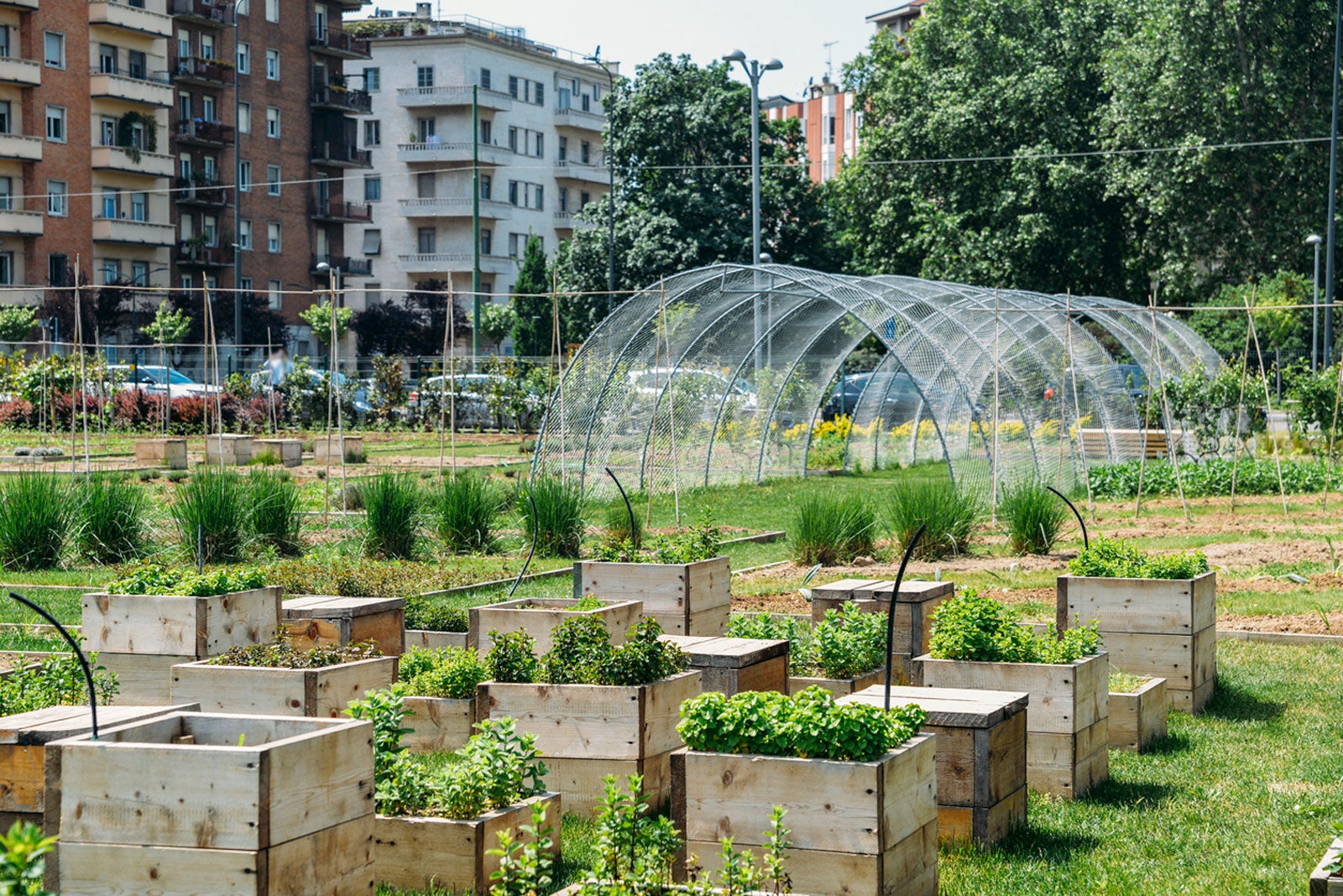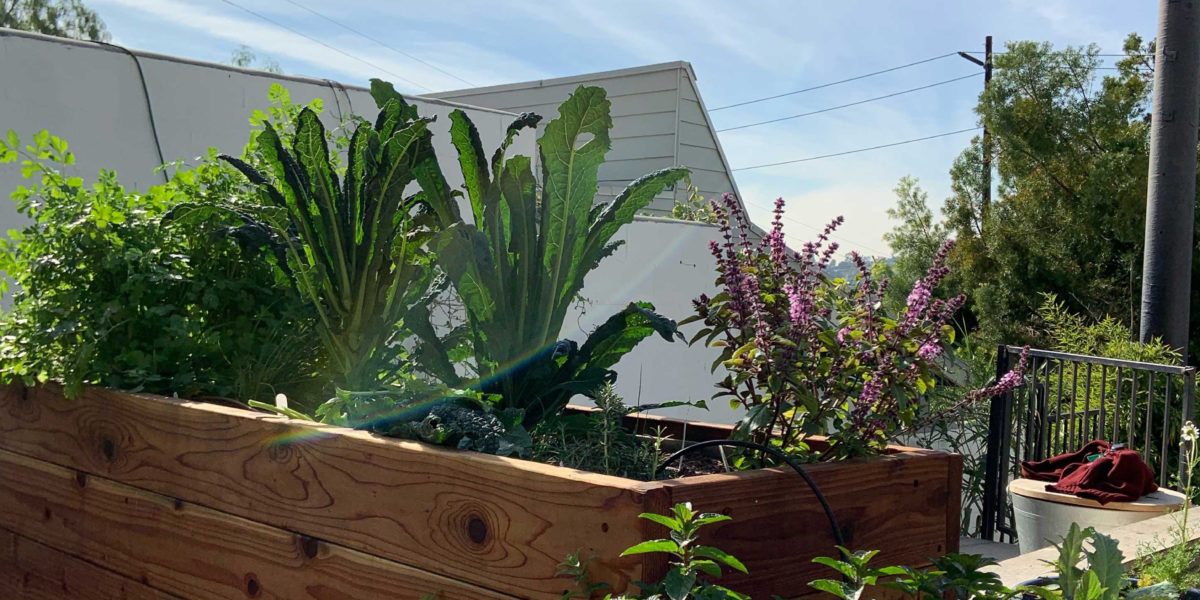City Blooming - Truths
Table of ContentsWhat Does City Blooming Do?Little Known Facts About City Blooming.Top Guidelines Of City BloomingNot known Facts About City BloomingThe smart Trick of City Blooming That Nobody is Talking About
Fascinated in expanding food for sale in the City of Chicago? Below is a list of frequently asked concerns relating to the regulations and policies that farmers ought to take into consideration when planning an urban farming task.
The zoning amendment does not modify any kind of various other codes managing composting, building licenses, buying or renting City possessed home, business licenses or ecological contamination. There are existing codes that control these issues and they continue to be completely impact and might apply to your job. Community gardens are usually had or taken care of by public entities, public companies or community-based organizations and kept by volunteers.
Urban ranches grow food that is meant to be offered, either on a not-for-profit or for-profit basis. Because of their business objective, city farms call for an organization certificate. Yes. An area yard is enabled to offer surplus produce that was expanded on site if the sales are accessory or subordinate to the yard's key objective defined above.
City Blooming - Questions
The quantity of garden compost material can not surpass 25 cubic lawns at any type of given time according to the criteria in 7-28-715 of the City's Municipal Code. Since the soil at the majority of new yard sites needs amending, garden compost, soil, wood chips, or other products can be gotten to construct or enhance the expanding space.

If a structure license is needed after that the hoophouse will be considered an accessory structure. You can learn even more regarding the building permit requirements by calling the Department of Structures. The 25,000-square-foot size restriction is intended to stop a solitary area garden from dominating an offered block or detracting from the block's existing property or industrial personality.
The restriction does not apply to gardens located in Public Open Space (POS) areas. Can there be greater than one neighborhood garden that is 25,000 square feet on a single block? Yes. The size restriction relates to private gardens, not to specific blocks. No. Secure fencing is not required, however, gardens that have large parking areas might be required to mount secure fencing or various other landscape design features.
The Best Strategy To Use For City Blooming
B1 & B2 areas require that all commercial use tasks be performed inside your home. Is secure Full Report fencing required for city farms? Fencings may be called for, along with landscaping and testing, for certain vehicle parking areas and outdoor work or storage space areas depending on location and the particular activity taking location.
Yes. Urban farms call for building authorizations and zoning authorizations prior to building and construction. Various other kinds of city review might be called for depending on details frameworks, activities, dimension, landscape design, licensing, public health and stormwater monitoring issues. Most of these requirements are identified in the task layout or allowing process, nonetheless, the candidate might be liable to separately recognize particular licenses or allows that may be required.
Yes. The sort of license is determined by what is taking place at the site. The Department of Company Affairs and Customer Security can assist establish the particular type of business certificate that's needed. Yes. Off road auto parking is required for many industrial projects in Chicago. The needed variety of parking rooms is based upon the variety of staff members servicing site and not the square video footage of the growing space.
3 Easy Facts About City Blooming Explained

Yes. An urban farm can sell garden compost product generated on site, however, the procedure needs to adhere to the guidelines in 7-28-715 of the Chicago Municipal Code. Yes. Aquaponic systems are allowed inside your home on metropolitan ranches in many zoning areas. A zoning review and building license is needed in order to mount structures or systems and an organization license is called for as explained over.
Approximately 5 hives or nests of honey may be kept as an accessory usage. Beekeepers must sign up with the Illinois Department of Agriculture. To learn more regarding the recommended zoning change you might call the Division of Real Estate and Economic Growth, Bureau of Preparation and Zoning at 312.744.8563.
Farming in cities and metropolitan areas An urban farm in Chicago. Urban agriculture describes different techniques of cultivating. https://www.gaiaonline.com/profiles/cityblooming/46731693/, processing, and distributing food in urban locations. The term also applies to the area activities of pet husbandry, tank farming, beekeeping, and gardening in a metropolitan context. Urban agriculture is differentiated from peri-urban agriculture, which takes place in rural locations at the side of suburbs.
Not known Facts About City Blooming
It can entail a motion of organic growers, "foodies" and "locavores", that look for to form socials media based on a common ethos of nature and neighborhood holism. These networks can develop by way of formal institutional support, coming to be incorporated right into local town planning as a "shift town" movement for sustainable city advancement.
In either case, the more direct access to fresh vegetable, fruit, and meat products that might be know through metropolitan agriculture can boost food safety and security and food security while decreasing food miles, resulting in reduced greenhouse gas exhausts, thus adding to climate change mitigation. A few of the very first evidence of urban agriculture comes from Mesopotamia.